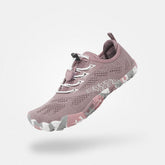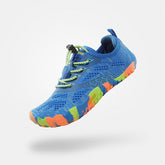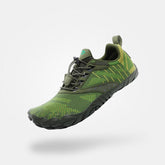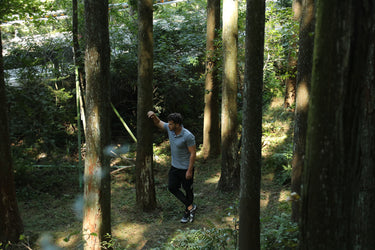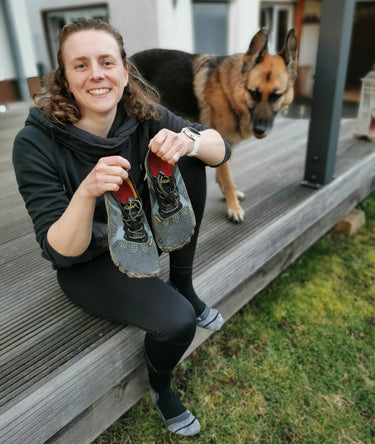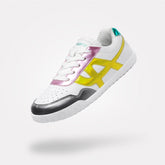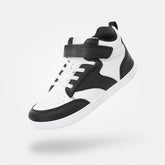Is Zero Drop equal to Zero Cushioning?
The fittest kids nowadays would be amongst the least fit from twenty years ago, according to a study by BBC and the University of Essex. It shows that one in five kids leaving primary school is overweight, while America has seen an increase recently with 2 - 5 year-olds who are obese or overweight.
There are two words that are common in daily life. Zero drop means there’s no height difference between your toes and heels. This term is often used in marketing because most people wear heeled shoes (8mm+). A traditional running shoe will have anywhere from 4 -14 mm drops. Zero cushioning means no cushions underneath your feet, only the absolute minimum necessary level of protection against weather and terrain. The idea is that a barefoot shoe should be constructed with as little padding as possible so you can feel what's going on around us all day long; feeling everything from rocks underfoot (or possibly just wet leaves) to pebbles shooting up at us when someone steps onto an uneven surface nearby! It also allows for increased sensitivity by removing any retainers in between our toes/pressure points.

So, what’s the difference? The most obvious distinction between Zero Drop and Zero Cushioning shoes is just that - cushioning! Even though both kinds of shoes are made to replicate how our feet function naturally, with zero-drop footwear you can still get a little extra padding while in the case of zero-cushioned models, there mustn't be any at all because by definition this type refers to eliminating soles from consideration which makes them closer physically possible without ditching apparel altogether except when wet or extremely cold weather conditions dictate otherwise.
Though there have been some studies that show traditional running shoes may make runners more prone to injury, no evidence shows this is down solely to the cushioning or heel-to-toe drop. As important as what type of shoe one wears when they go out for their run. It's also true how each individual runs matter just as much--the damaging "heel strike" style that these allow can be harmful to your body if done incorrectly without proper technique. But going without any footwear at all doesn't mean you'll automatically get an optimum barefoot 'style' either!

Barefooting it around the house is a great way to get in touch with your feet, but there are some things you should know before taking this leap. First off, barefoot movement takes time, so be prepared! It can also help if you're healthy and active because not only will that make them feel better while they recover from any injuries or ailments associated with wearing heels all day long-but more importantly for our purposes here: When we walk without shoes on solid ground (or even grass), it is easier than ever before research has shown us how much weight transferring comes naturally which means less effort needed during each step which ultimately saves energy.

















